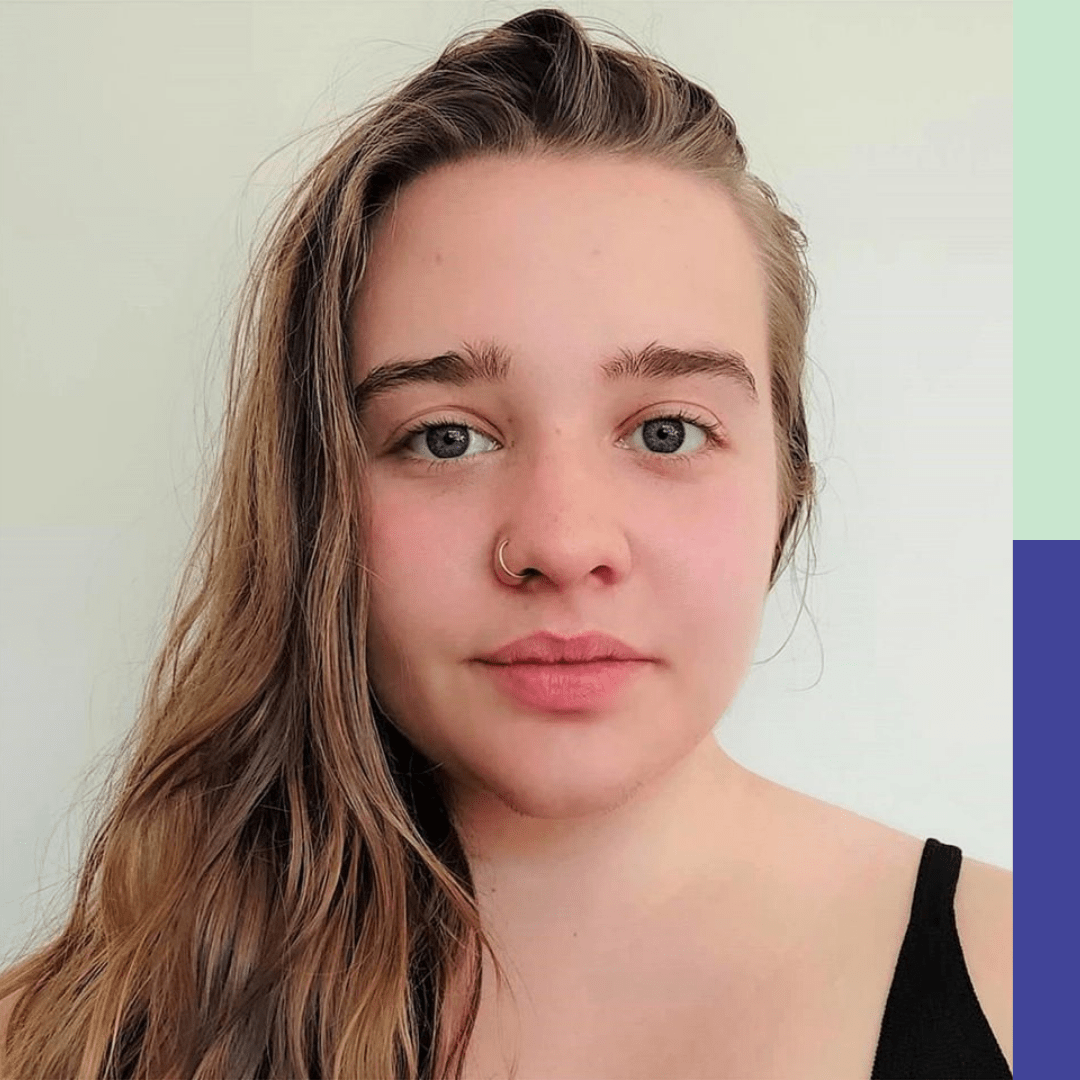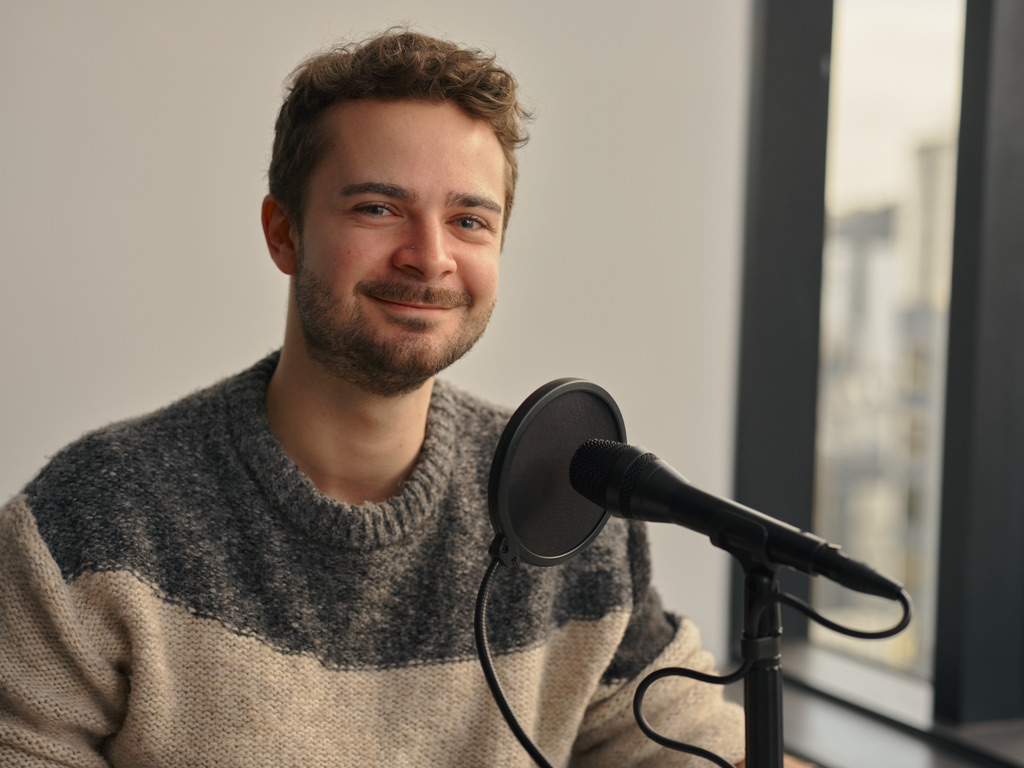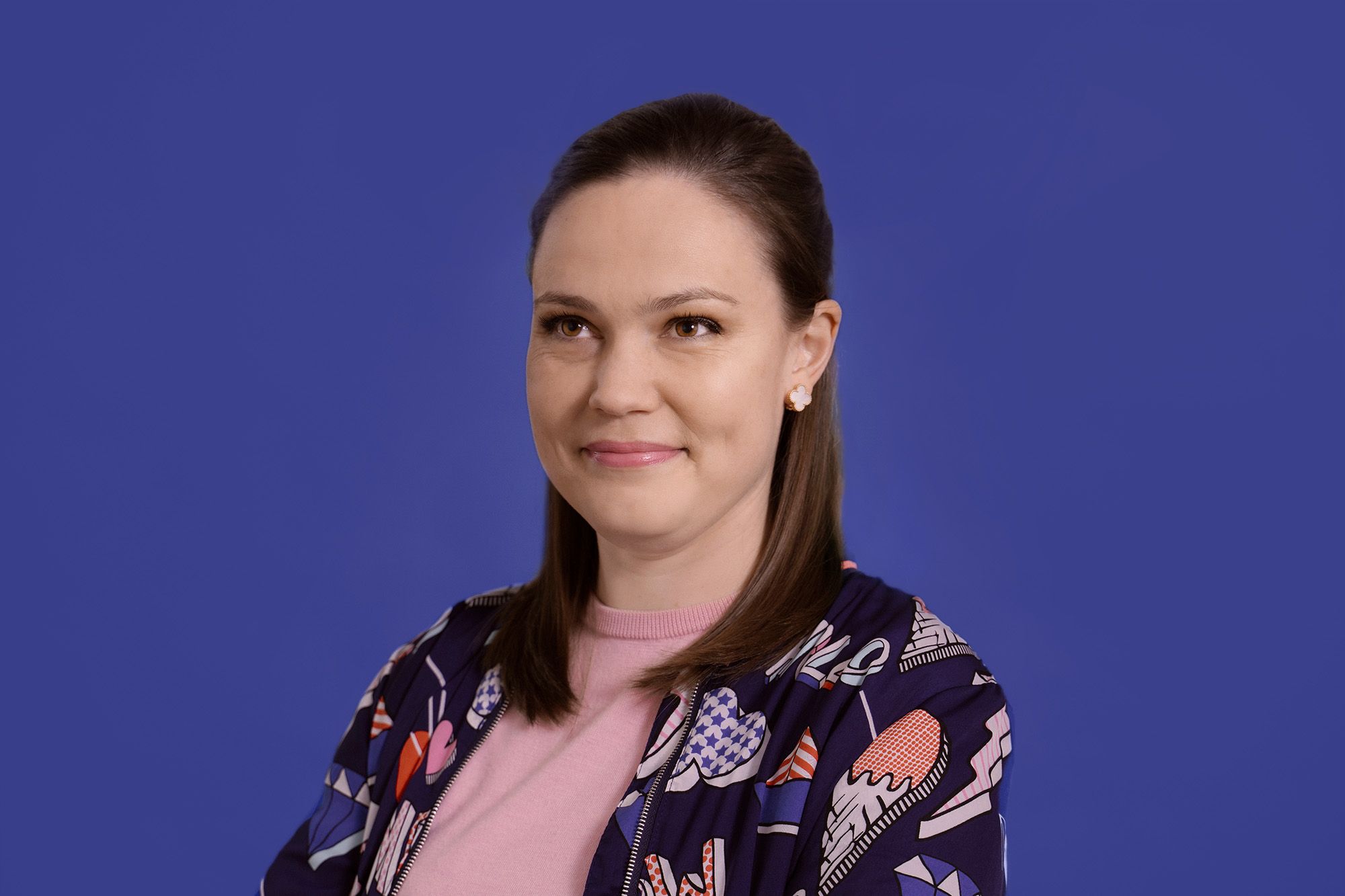
Kia ora, Pauline. Tell us a bit about yourself. Where are you from? What do you enjoy doing?
I grew up in Ōtautahi, Aotearoa (Christchurch, New Zealand) and now live in Pōneke (Wellington). I am a Theatremaker and Researcher, and am about to start my PhD in psychology on a project about interactive media. I identify as queer, small fat, ADHD and autistic, and Pākehā (NZ European, with ancestry from England and Scotland.) I love making new work, teaching and empowering people, music, and learning cool facts about the world around me.
When did you discover captions?
I would have discovered captions on youtube when I was a kid, around 2008 or so. I also watched opera with my dad sometimes which had translations at the bottom.
Why do you use captions? What benefit do they provide for you?
I have auditory processing difficulties so captions help me to ‘hear’ the words better. I also have misophonia so when my ex and I had dinner together alone we used to watch TV to distract from the eating sounds. Having the captions helped me focus on the TV and sounds from that rather than distressing eating sounds. Since I have ADHD I often like to watch things on 2x speed or faster so I stay engaged, and if I’m overstimulated I sometimes need to turn the volume down further than I can hear the dialogue. Having captions helps me not to lose any words.
What are your most loved captioned shows to watch with captions?
Anything! From Love Island to Sweet Tooth, captions are really helpful for me.
Have there been any highlights of TV that you’ve watched with captions?
Sometimes the description of music or nonverbal utterances can be really amusing!
Why do you believe media accessibility is important?
Because disabled people are important.
What are your hopes and dreams for the future of accessible TV?
That big powers keep learning from disabled people and prioritising us. I hope they see that when they make it more accessible, they improve the experience for everybody, but at the end of the day I hope they just do it because they care about us.





